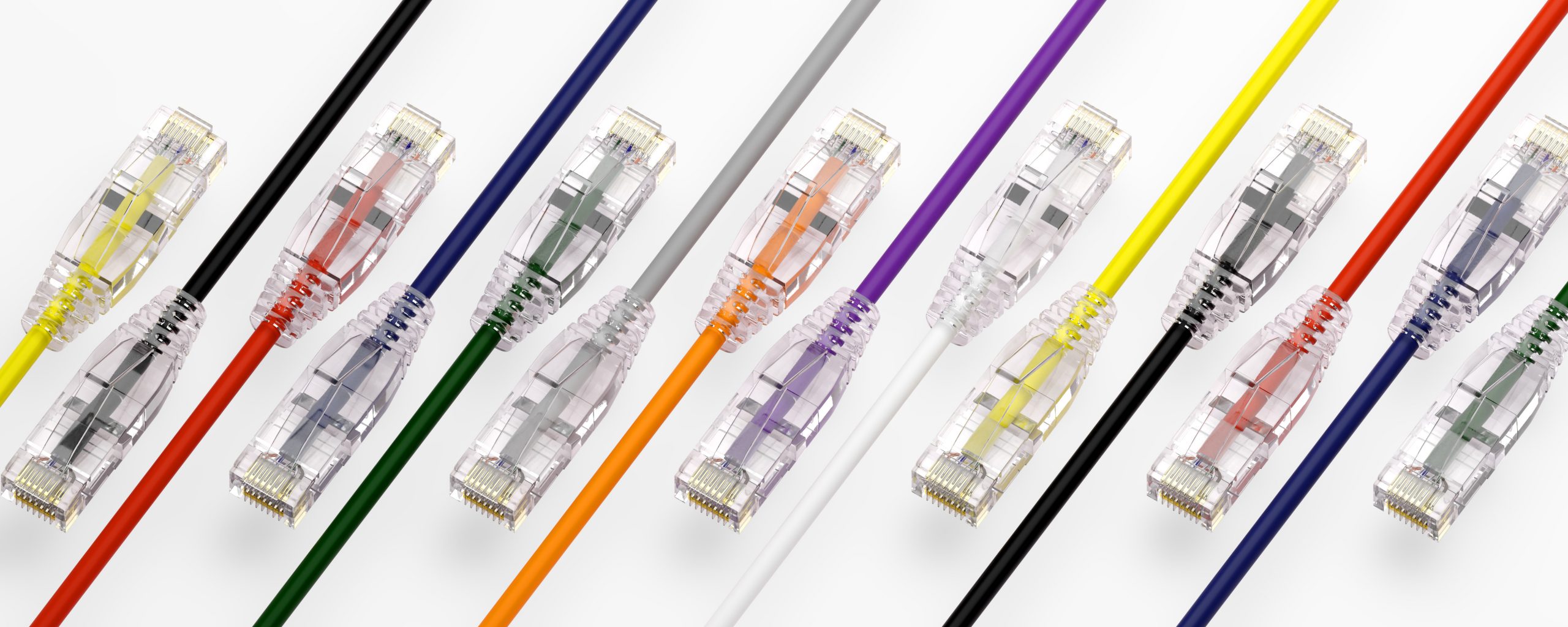Attenuation is a common issue that can affect the performance of ethernet cables, including 28awg cables. Attenuation refers to the loss of signal strength that occurs as data is transmitted over a cable. This can cause data errors and other performance issues, and is an important consideration when choosing an ethernet cable.
One of the main complications with attenuation and 28awg ethernet cables is their small size. Because 28awg cables are so small and have a thin diameter, they are more susceptible to attenuation than larger, thicker cables. This can cause signal loss and other performance issues, particularly over longer distances or in high-bandwidth networking environments.
Another complication with attenuation and 28awg ethernet cables is their susceptibility to interference. Because these cables are so small and flexible, they can be more easily affected by outside sources of interference, such as electromagnetic fields or radio frequency signals. This can cause signal complications with attenuation and 28awg ethernet cables and other performance issues, reducing the overall reliability and performance of the cable.
In addition, 28awg ethernet cables are often used in high-density networking environments, where multiple cables are installed in close proximity to each other. This can cause crosstalk, where signals from one cable interfere with signals from another cable, causing attenuation and other performance issues.
Overall, while 28awg ethernet cables offer many benefits, it is important to be aware of the potential complications that can arise in relation to attenuation. Careful selection and installation of these cables, as well as consideration of their potential susceptibility to interference and crosstalk, is essential to ensure that they perform as intended and provide reliable, high-performance networking.
Need to purchase 28awg ClearFit Patch cords? Click here

